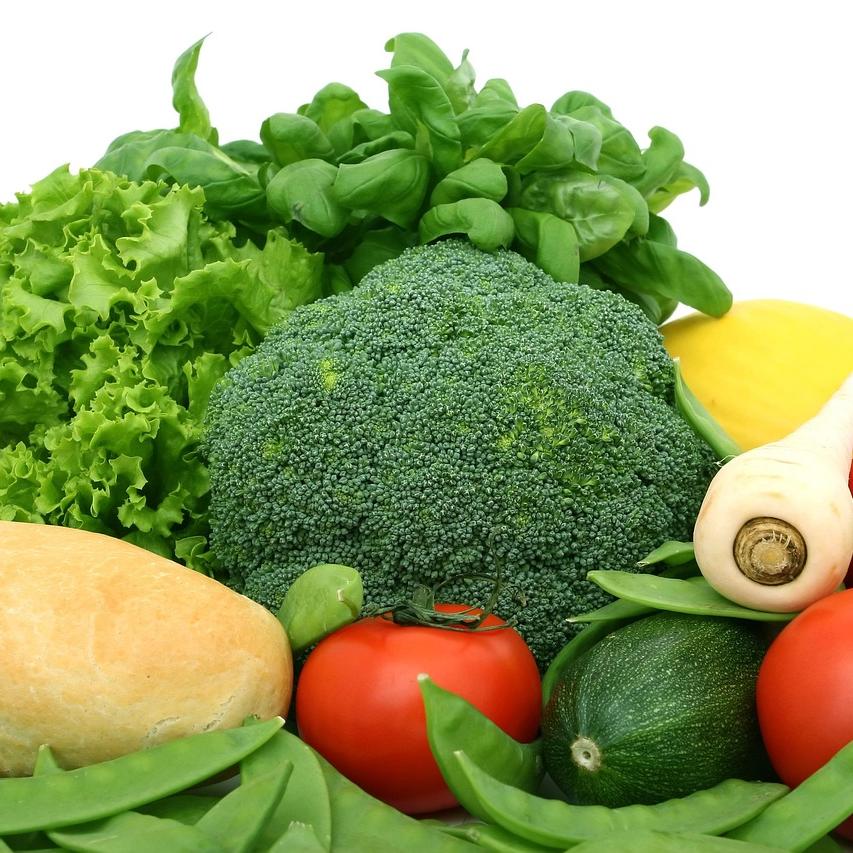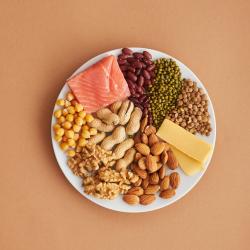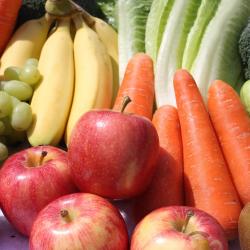How to Incorporate More Vegetables Into Your Diet
Incorporating more vegetables into your diet is a surefire way to enrich your meals with essential nutrients, enhance flavor, and promote overall health. While the benefits of vegetables are widely recognized, many people still find themselves struggling to include enough in their daily nutrition. Whether you're a busy professional, a picky eater, or simply looking to add diversity to your meals, here are some practical tips and creative ideas to help you boost your vegetable intake.
1. Start with Breakfast
Breakfast is often overlooked as an opportunity to eat vegetables, but it can be a great starting point:
- Omelets or Scrambles: Add spinach, tomatoes, mushrooms, or bell peppers to your morning eggs for a nutrient-packed start to your day.
- Smoothies: Incorporate greens like kale or spinach into your smoothies. Add fruits like bananas or berries to balance the taste.
- Avocado Toast: Top your toast with smashed avocado and radishes, arugula, or sliced tomatoes for a delicious vegetable boost.
2. Sneak Veggies into Familiar Dishes
Integrating vegetables into your favorite meals can make eating them more enjoyable:
- Pasta and Sauces: Add pureed or finely chopped vegetables such as carrots, zucchini, or mushrooms into your pasta sauces.
- Casseroles and Stews: These dishes are perfect for incorporating a variety of vegetables. Consider adding sweet potatoes, eggplant, or whatever is in season.
- Pizza: Top your homemade or store-bought pizza with a variety of vegetables like broccoli, bell peppers, or olives.
3. Experiment with Different Cooking Methods
Sometimes the way vegetables are prepared can make all the difference in taste and texture:
- Roasting: Roasting vegetables brings out their natural sweetness. Try carrots, Brussels sprouts, or cauliflower tossed in olive oil and seasoning.
- Grilling: Grilled vegetables like zucchini, asparagus, or bell peppers are perfect for adding depth to meals.
- Stir-Frying: A quick stir-fry with a mix of vegetables like snow peas, bell peppers, and carrots can be a delightful side dish.
4. Snack on Vegetables
Snacking doesn’t have to be limited to chips and sweets. Vegetables can be just as convenient and satisfying:
- Raw Vegetables: Keep sliced carrots, cucumbers, or bell peppers in your fridge as a quick and easy snack. Pair them with hummus or a yogurt-based dip for extra flavor.
- Veggie Chips: Make your own baked vegetable chips using kale, sweet potatoes, or zucchini for a crunchy snack.
5. Try Plant-Based Meals
Occasionally swapping out meat for plant-based options can naturally increase your vegetable consumption:
- Salads: Build hearty salads using a base of dark leafy greens, and add an array of colorful vegetables, nuts, seeds, and a protein source like beans or tofu.
- Buddha Bowls: These bowls are endlessly customizable. Combine grains, protein, and various roasted or raw vegetables with a flavorful dressing.
- Meatless Mondays: Dedicate one day a week to eating plant-based meals. This way, you can explore vegetarian recipes that highlight vegetables.
6. Explore New Flavors and Varieties
If you're bored with the basics, it might be time to try something new:
- Farmers Markets: Shop at local farmers markets for fresh, seasonal produce. You might find varieties you haven’t tried before.
- Herbs and Spices: Experiment with spices and herbs to enhance the flavor of vegetables. Try curry powder, garlic, or fresh herbs like cilantro or basil.
Conclusion
Incorporating more vegetables into your diet doesn't have to be daunting. With a little creativity and planning, you can enjoy the myriad benefits that come with enhanced vegetable intake. Whether through sneaking them into dishes, trying new recipes, or simply experimenting with flavors, there are countless ways to make vegetables an enjoyable part of your daily routine. Remember, every colorful addition to your plate is a step toward better health and well-being.





















